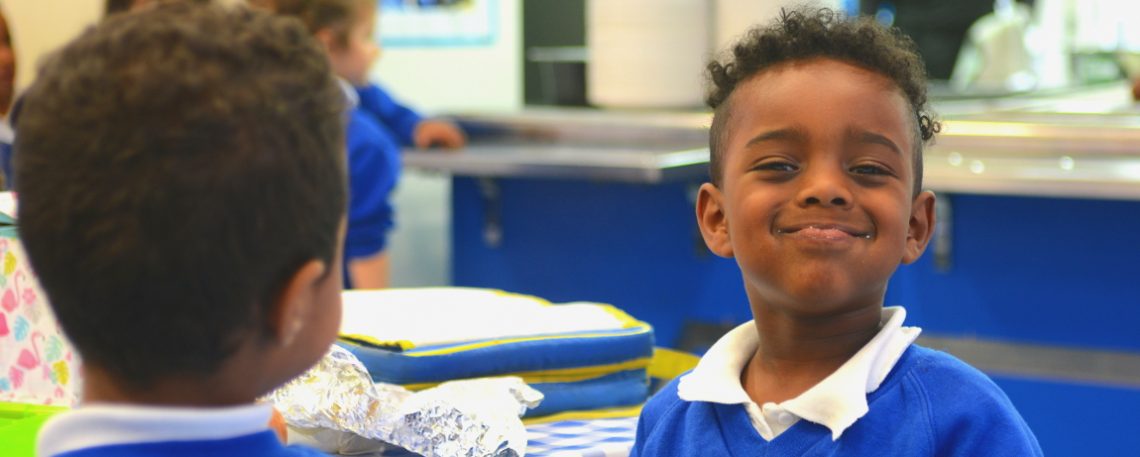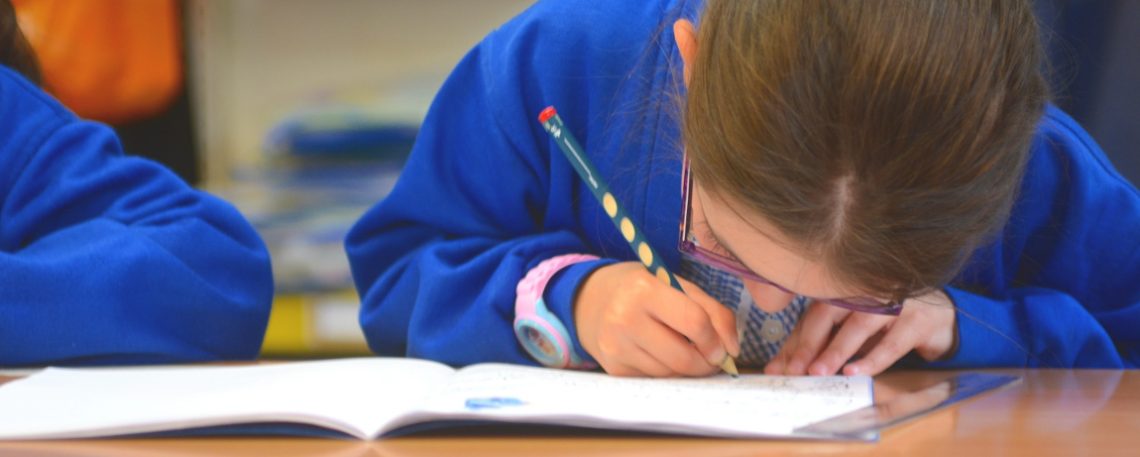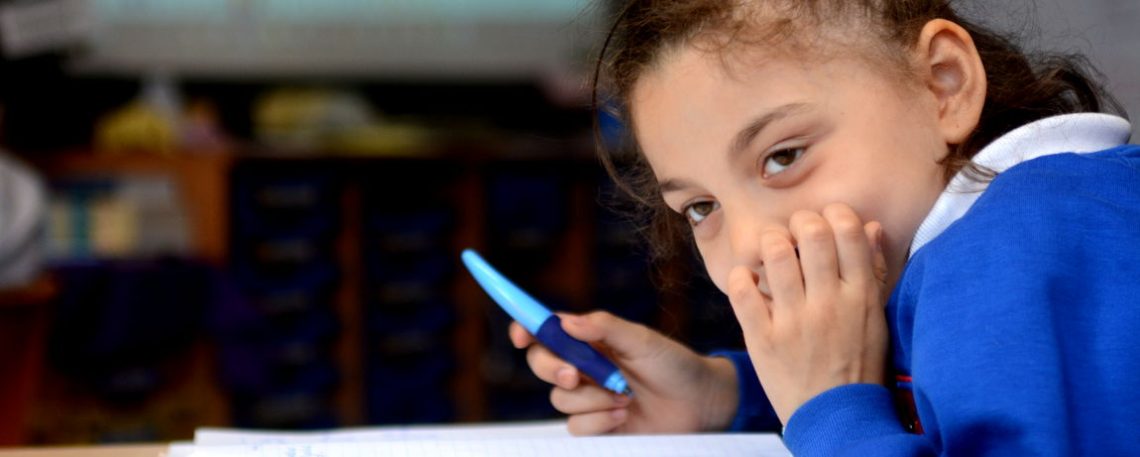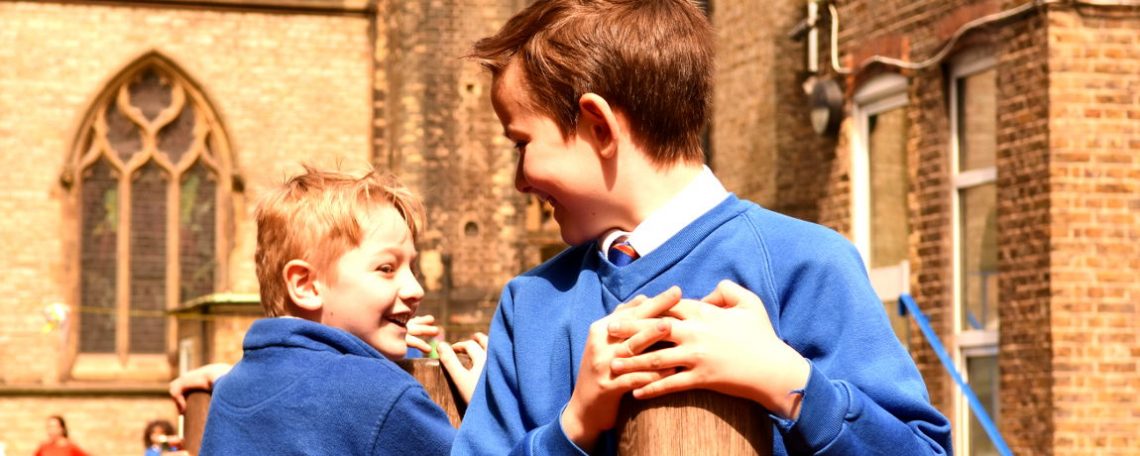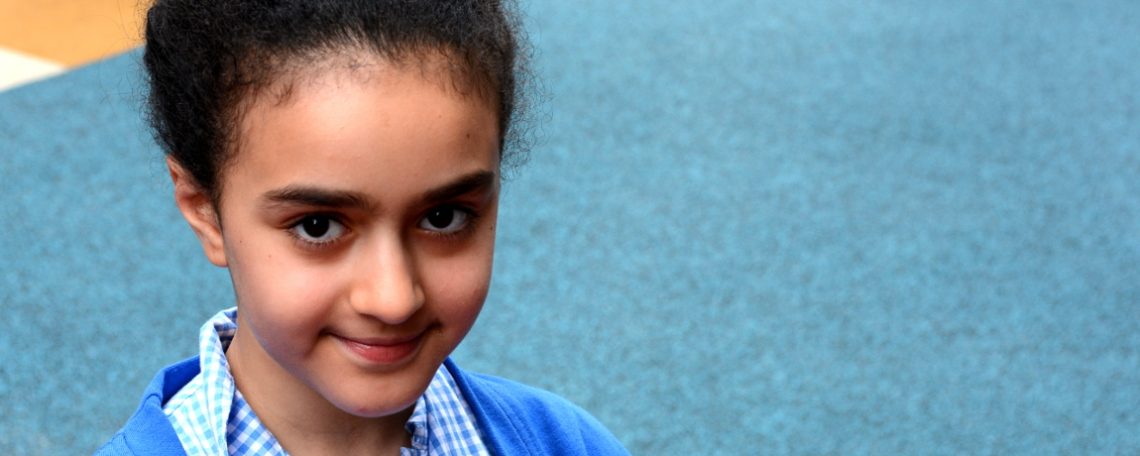
Our Classes
We are a single form entry school, with the capacity for one class per year group from Nursery through to Year 6. From September 2023, we will also offer pre-school places for 2-year olds.
The school’s main building is a 3-story Victorian stone building which has been internally modernised and refurbished over the years to accommodate the school’s needs. Classes, as well as the school’s offices, the Ground Floor Hall, the First Floor Hall, a kitchen and a roof garden are situated within this building, which also offers direct access to the large outdoor playground.
The section of the building housing the pre-school, Reception and Nursery classes, has been renovated and modernised to include an upstairs classroom, a large, bright and airy open-plan downstairs classroom, dedicated toilet and shower facilities, a secure outdoor playground and a wide variety of multi-sensory play areas.
Children are taught reading, writing and/or Maths in the morning with other foundation subject lessons; Geography, History, Science, Art, Religious Education, Information and Communications Technology (ICT), Physical Education, Personal, Social, Citizenship & Health Education (PSCHE), and Design & Technology, taught in the afternoon. Every class has a dedicated reading corner and white board facilities with a maximum of 28 children in each class.
Class Scientists
Our classes are named after noted scientists to reflect our whole school approach towards encouraging a love of scientific curiosity, enquiry and discovery in all our pupils.
Nursery: Hawking
Stephen William Hawking CH CBE FRS FRSA was a British theoretical physicist and mathematician. He was born in Oxford and was one of the world’s leading theoretical physicists and has written many science books for people who are not scientists.
Hawking was a professor of mathematics at the University of Cambridge (a position that Isaac Newton once had). He had a motor neurone disease related to his dyslexia, and because of that he could not move or talk very well. The illness worsened over the years and he was almost completely paralysed. He used a wheelchair to move, and an Intel computer to talk for him.
Reception: Einstein
Albert Einstein was a German-born theoretical physicist who developed the theory of relativity, one of the two pillars of modern physics. His work is also known for its influence on the philosophy of science.
He received the Nobel Prize in Physics in 1921 for theoretical physics and is widely considered the greatest physicist and one of the greatest scientists of all time. His contributions helped laid the foundations for all modern branches of physics, including quantum mechanics and relativity.
Year 1: Galileo
Galileo Galilei was an Italian polymath who was a professor of mathematics and natural science in Padua and Pisa. Some believe that Galileo was the first person to build a telescope. This is not true, but he was the first person to publish his observations of astronomical objects through a telescope.
He discovered that the Milky Way is made of many stars and that the Moon has hills. He also found four moons around Jupiter which are now called the Galilean moons. He discovered sunspots and saw that the planet Venus has light and dark phases just like the Moon. This helped people to know that the Sun is at the centre of the Solar System, as Nicolaus Copernicus had said.
Year 2: Snow
John Snow was an English physician who was one of the first to study and use anaesthesia and medical hygiene. He is a founder of modern epidemiology because he traced the source of a cholera outbreak in Soho, London, in 1854.
Snow’s study was a major event in the history of public health and geography and his findings caused changes in the water and sewage systems of London. This led to similar changes in other cities, and a great improvement in general public health around the world.
Year 3: Newton
Sir Isaac Newton was an English physicist, mathematician and astronomer, famous for his work on the laws of motion, optics, gravity, and calculus. He published a book called the Philosophiæ Naturalis Principia Mathematica in which he presents his theory of universal gravitation and three laws of motion and built the first practical reflecting telescope in 1668.
He also developed a theory of light based on the observation that a prism decomposes white light into the colors of the rainbow. Newton also shares credit with Gottfried Leibniz for the development of calculus. Newton’s ideas on light, motion, and gravity dominated physics for the next three centuries, until modified by Albert Einstein’s theory of relativity.
Year 4: Al-Khalili
Jameel Sadik “Jim” Al-Khalili OBE FRS FInstP is a British theoretical physicist, author and broadcaster. He is Professor of Theoretical Physics and Chair in the Public Engagement in Science at the University of Surrey and a regular broadcaster and presenter of science programmes on BBC radio and television, and a frequent commentator about science in other British media.
In 2014, Al-Khalili was named as a RISE (Recognising Inspirational Scientists and Engineers) leader by the UK’s Engineering and Physical Sciences Research Council (EPSRC). He was also President of the British Humanist Association between January 2013 and January 2016.
Year 5: Jemison
Mae Carol Jemison is an American physician and NASA astronaut and became the first African-American woman to enter space when she served on the crew of the Space Shuttle Endeavour in September 1992.
She studied at Stanford University and earned a Bachelor of Science in chemical engineering. Jemison also started The Jemison Group, Inc., which created ALAFIYA, a satellite-based telecommunications system used to bring healthcare to developing nations and has worked as a medical officer with the Peace Corps in Sierra Leone and Liberia.
Jemison has won many awards since her time in space and was named as one of the 50 most influential women by Ebony magazine.
Year 6: Curie
Marie Salomea Sklodowska–Curie was a Polish and French physicist, chemist and feminist. She was also the first woman professor at the University of Paris.
She did research on radioactivity and was the first woman to win a Nobel Prize before going on to be the first person to win two Nobel Prizes. She received a Nobel Prize in physics for her research on uncontrolled radiation, which was discovered by Henri Becquerel and another one in chemistry.


